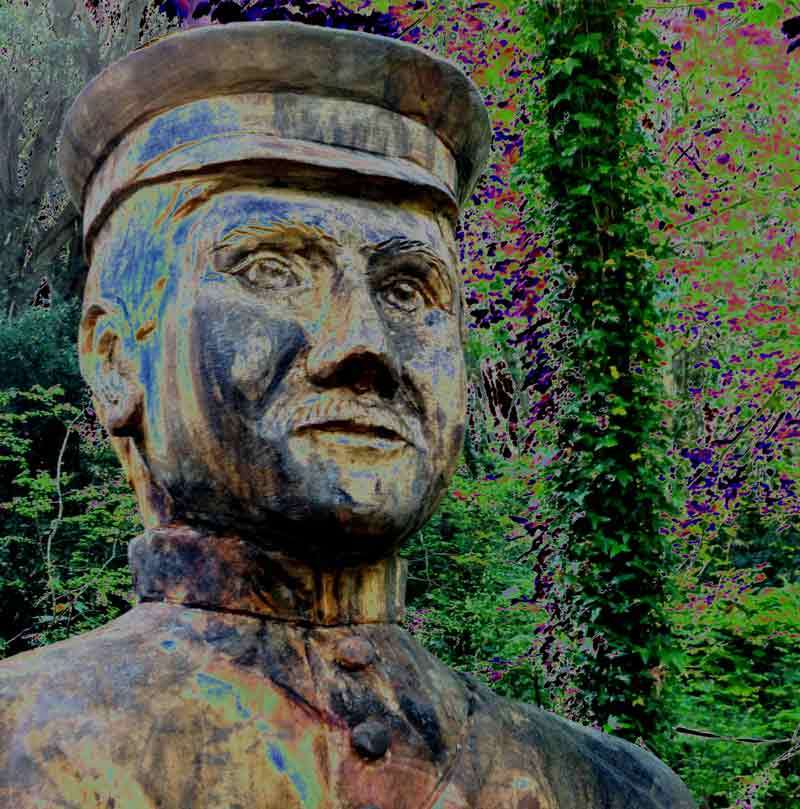
Launched in 2014 as headline event for the Isle of Wight Walking Festival, the Carnival Trail links all the Carnival Towns and Villages together in a single 100 mile route. It celebrates the Isle of Wight as the birthplace of the English carnival tradition, and promotes the 19 summer carnivals and 6 winter parades which take place on the Island every year. Richard White created soundscapes along the way – voices, poems, songs, recorded music and ambient noise to augment the experience.
The soundscapes are part of the Carnival Trail Companion
providing a further level of experience for those visiting the
individual carnival communities. Each of the sound parks offer a short walk through echoes of carnival accompanied by the thoughts and reflections of carnival organisers.
Find out more about the Carnival Trail: http://www.thenewcarnivalcompany.com/projects/the-%20carnival-trail/
Credits
Hosted by: Richard White, Ali Pretty, & Adam Jansch

